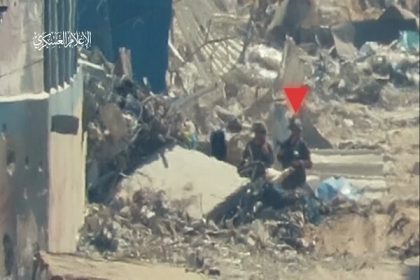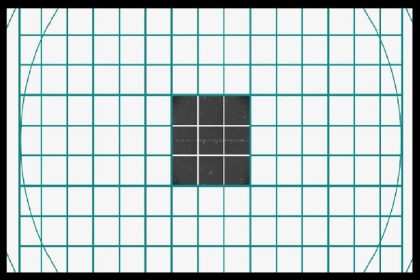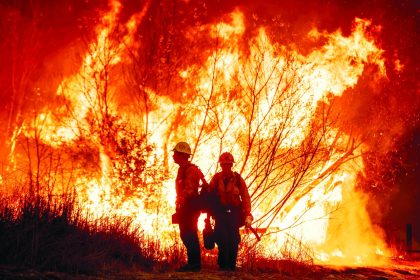In a conversation with Mehr reporter, Kazem Kokram said about the condition of the planets in the evening sky in the last nights of December: Currently, in the last nights of December and the first nights of February, we can see 6 planets at the same time at the beginning of the night and after sunset with See the naked eye in the evening sky.
The spokesman of the amateur committee of the Iranian Astronomical Society added: “These nights, if we stand facing the west, a very bright object appears in the sky, which many people may mistake for an airplane or unidentified flying objects due to its brightness, but it is nothing but the planet Venus.” . Venus is the brightest object in the sky after the sun and the moon. If you observe this planet with a telescope, you will see that it looks like a crescent moon on the seventh night of the month.
Kukram continued: In the last nights of January near the planet Venus, another relatively bright body can be seen with the naked eye, which is actually the planet Saturn; It is the famous ringed planet whose rings can be seen with a telescope.
He stated that now in the night sky near the planets Venus and Saturn, the planet Neptune can also be seen. The planet Neptune looks like a very small disk with a telescope, and more details of this planet cannot be seen with an amateur telescope.
The spokesman of the amateur committee of the Iranian Astronomical Society continued: If we stand facing the east these nights, two other planets can be seen with the naked eye, one of which is the planet Mars, which is closer to the horizon and is in opposition during these nights. It means that the Earth is located between the Sun and Mars, and therefore Mars is closer to the Earth than at other times; Therefore, we see Mars brighter than other nights of the year.
Kukram added: A little higher than Mars, you will see the planet Jupiter, which is also very bright and bright these nights. A little higher than Jupiter, on the border between the two constellations of Aries and Taurus, the planet Uranus is also traveling its orbit around the sun among the stars. Of course, to see Uranus, we need an optical instrument such as a telescope or binoculars and with the naked eye. It is almost invisible.
He further clarified: Keep in mind that out of the total number of planets in the solar system, which is 8 planets, we can see 7 planets regardless of the earth where we live. Now, among these 7 planets, 6 planets can be seen in the sky at the same time after sunset, 3 planets can be seen in the direction of west and 3 planets in the direction of east.
The spokesman of the amateur committee of the Iranian Astronomical Society continued: These nights, the planet Mars is in the best observation mode for the next two years, and therefore it can be seen brighter and brighter with more details through a telescope.
This astronomy lecturer said: The seventh planet is Mercury, which can be seen at dawn and shortly before sunrise. This planet is the closest planet to the sun.
Kokram called the possibility of simultaneously observing 6 planets of the solar system in these nights an ideal opportunity for astronomy enthusiasts and students and said: such a situation can occur almost every one or two years and it is a very good opportunity for students and astronomy enthusiasts to get acquainted with How to observe the planets. Interested people can go to astronomical centers and observatories in cities to observe the planets and observe especially the planets Mars and Jupiter.
In the end, he announced the holding of a training workshop on observing Mars and Jupiter in the Mina Dome skyline in Tehran Water and Fire Park and said: This training workshop will be held for free on Sunday, January 30 after sunset. At the end of this event, if the weather conditions are favorable, the participants in the workshop can observe Mars, Jupiter and other planets with the large Mina dome telescope.
RCO NEWS
















